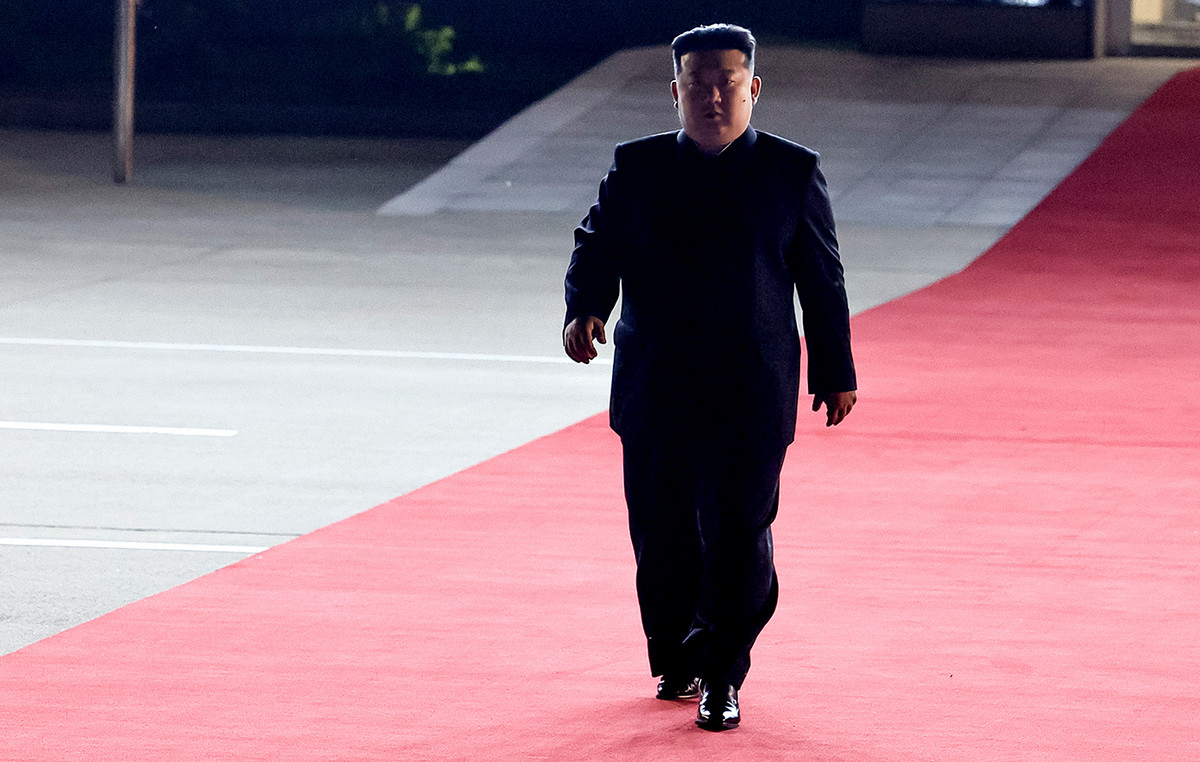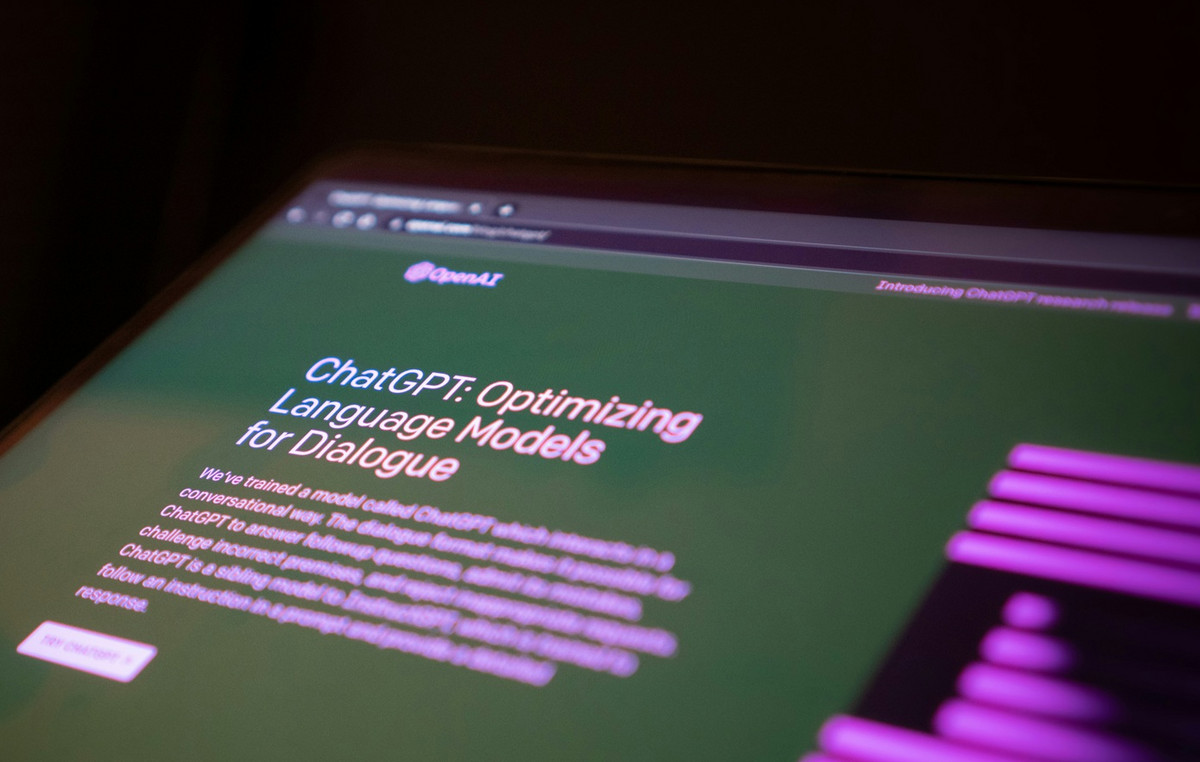- It is expected that the Personal Consumption Expenditure Index (PCE) underlying 0.1% intermensual and 2.6% year -on -year in May.
- Annual inflation of the PCE general is expected to increase 2.3% in the month reported.
- Markets generally expect the Federal Reserve to maintain interest rates without changes in July.
The United States Economic Analysis Office (BEA) will publish the data of the Personal Consumption Expenditure Index (PCE) for May at 12:30 GMT.
This index is examined closely since it is the preferred inflation measure of the Federal Reserve (FED) at a time when operators are looking for clues about when the US Central Bank will resume the cuts of interest rates.
Anticipating PCE: Perspectives on the key inflation indicator of the Fed
The underlying PCE Price Index is expected to exclude volatile food and energy prices, advance 0.1% intermencing in May, at the same rate that was seen in April.
In the last twelve months, the underlying PCE inflation is expected to rise slightly to 2.6% in May from 2.5% in April.
Meanwhile, the annual inflation of the PCE General is expected to increase 2.3% from 2.1% in the same period.
The markets are generally preparing for a great reaction to the PCE inflation data, since Fed officials consider this inflation indicator by deciding on the next policy movement.
During the semiannual testimony before the two -day congress at the beginning of the week, Fed President Jerome Powell He pointed out that he hopes that those responsible for the policy will be kept waiting until they have a better control over the impact that prices will have.
“We are just trying to be careful and cautious,” he said.
Powell’s comments dismissed the renewed expectations that the Fed could lower interest rates as soon as in July. These expectations had been promoted by comments from the governors of the FED, Christopher Waller and Michelle Bowman, who advocated a reduction of rates in July a week ago.
The markets currently expect 18% probability of a Fed rates cut in July, while they value the probability of a cut in September 70%, according to the CME Group Fedwatch tool.
In the previous inflation report of the PCE, TD Securities said:
“We hope that the prices of the underlying PCE will remain moderate in May, increasing 0.14% intermensual after a similar increase in April. The inflation of the general PCE should also be soft by 0.10%. In interannual terms (interannual), we hope that the inflation of the underlying PCE will increase by a tenth to 2.6% (general: 2.3%). 0.2% Intermenual as normalization after early expenses in the first quarter continues. “
How will the Personal Consumption Expenditure Index (PCE) affect the EUR/USD?
The US dollar (USD) remains close to the weekly minimums compared to its main monetary rivals in the middle of a reduced demand for safe refuge, after the high fire between Iran and Israel announced on Tuesday. The hard line comments of the Fed president, Powell, failed to boost the USD, helping the EUR/USD to stay close to the highest level so far this year in 1,1718.
The monthly underlying PCE figure will have a maximum relevance since it is not distorted by base effects. However, the president of the FED, Powell, already revealed information at the press conference after the June policy meeting, stating that he hopes that the annual general PCE price index is 2.3% and the underlying PCE of 2.6% for the 12 months ending in May.
Therefore, a surprise is needed up in the monthly figure of the underlying PCE to affirm the expectations of a hard line Fed, supporting the USD in an immediate reaction.
On the contrary, the dollar could face a new wave of sales if reading shows 0% or a negative number. In this case, the markets would reevaluate the probability of a rate reduction in July in the midst of the decrease in concerns about persistent inflation.
DHWANI MEHTA, main analyst of the Asian session at FXSTERET, shares a brief technical perspective for the EUR/USD:
“The 14 -day Relative Force Index (RSI) is pushing the territory of overblain in the prelude to the publication of the PCE inflation, since the EUR/USD is at its highest level since September 2021. The leading indicator suggests that there is more space for the rise before a correction can occur.”
“The immediate resistance is in the round number of 1,1800, above which the maximums of mid -September 2021 will be tested around 1,1850. The next obstacle will be on the threshold of 1,1900. Looking south, the first line of defense is located at the maximum of June 16, 1,1616. If that support yields, the sellers will then sign up for the simple mobile medium (SMA) 1,1493.
Euro price this week
The lower table shows the percentage of euro change (EUR) compared to the main currencies this week. Euro was the strongest currency against the US dollar.
| USD | EUR | GBP | JPY | CAD | Aud | NZD | CHF | |
|---|---|---|---|---|---|---|---|---|
| USD | -2.23% | -2.46% | -1.83% | -0.47% | -1.60% | -1.85% | -2.08% | |
| EUR | 2.23% | -0.26% | 0.46% | 1.81% | 0.59% | 0.40% | 0.11% | |
| GBP | 2.46% | 0.26% | 0.77% | 2.08% | 0.86% | 0.67% | 0.39% | |
| JPY | 1.83% | -0.46% | -0.77% | 1.38% | 0.21% | 0.05% | -0.33% | |
| CAD | 0.47% | -1.81% | -2.08% | -1.38% | -1.09% | -1.39% | -1.66% | |
| Aud | 1.60% | -0.59% | -0.86% | -0.21% | 1.09% | -0.22% | -0.47% | |
| NZD | 1.85% | -0.40% | -0.67% | -0.05% | 1.39% | 0.22% | -0.27% | |
| CHF | 2.08% | -0.11% | -0.39% | 0.33% | 1.66% | 0.47% | 0.27% |
The heat map shows the percentage changes of the main currencies. The base currency is selected from the left column, while the contribution currency is selected in the upper row. For example, if you choose the euro of the left column and move along the horizontal line to the US dollar, the percentage change shown in the box will represent the EUR (base)/USD (quotation).
US dollar FAQS
The US dollar (USD) is the official currency of the United States of America, and the “de facto” currency of a significant number of other countries where it is in circulation along with local tickets. According to data from 2022, it is the most negotiated currency in the world, with more than 88% of all global currency change operations, which is equivalent to an average of 6.6 billion dollars in daily transactions. After World War II, the USD took over the pound sterling as a world reserve currency.
The most important individual factor that influences the value of the US dollar is monetary policy, which is determined by the Federal Reserve (FED). The Fed has two mandates: to achieve price stability (control inflation) and promote full employment. Its main tool to achieve these two objectives is to adjust interest rates. When prices rise too quickly and inflation exceeds the 2% objective set by the Fed, it rises the types, which favors the price of the dollar. When inflation falls below 2% or the unemployment rate is too high, the Fed can lower interest rates, which weighs on the dollar.
In extreme situations, the Federal Reserve can also print more dollars and promulgate quantitative flexibility (QE). The QE is the process by which the Fed substantially increases the flow of credit in a stuck financial system. It is an unconventional policy measure that is used when the credit has been exhausted because banks do not lend each other (for fear of the default of the counterparts). It is the last resort when it is unlikely that a simple decrease in interest rates will achieve the necessary result. It was the weapon chosen by the Fed to combat the contraction of the credit that occurred during the great financial crisis of 2008. It is that the Fed prints more dollars and uses them to buy bonds of the US government, mainly of financial institutions. Which usually leads to a weakening of the US dollar.
The quantitative hardening (QT) is the reverse process for which the Federal Reserve stops buying bonds from financial institutions and does not reinvote the capital of the wallet values that overcome in new purchases. It is usually positive for the US dollar.
Source: Fx Street
I am Joshua Winder, a senior-level journalist and editor at World Stock Market. I specialize in covering news related to the stock market and economic trends. With more than 8 years of experience in this field, I have become an expert in financial reporting.







